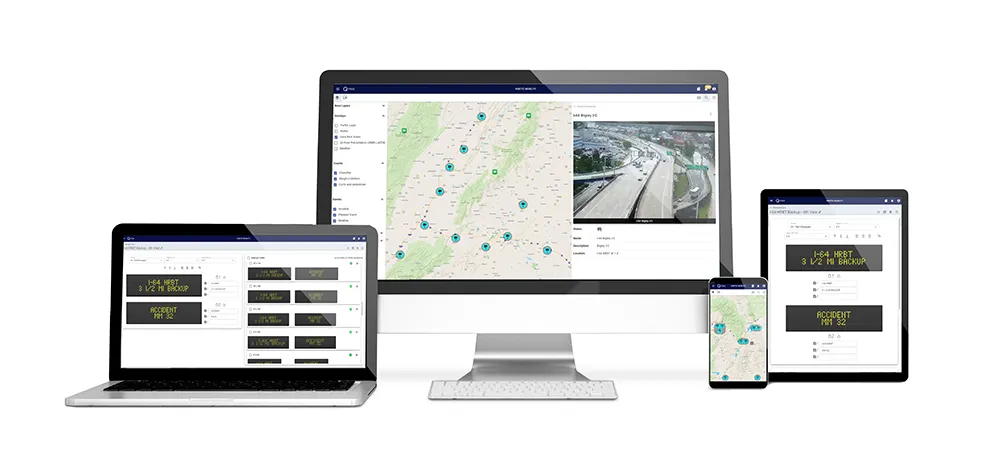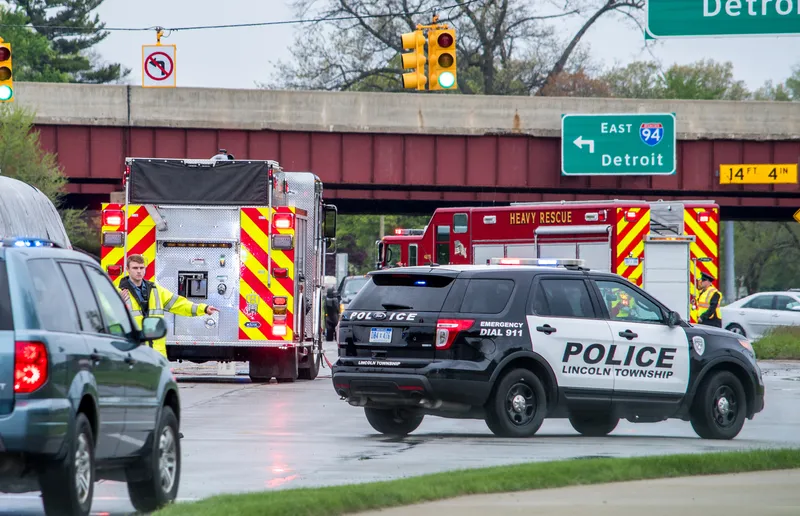Iteris is to serve as system manager for the deployment of the City of Omaha’s Intelligent Transportation System (ITS). The US $1.4 million project builds upon Omaha’s Traffic Signal System Master Plan, developed by Iteris in 2012, and will include the management of Omaha’s $35 million ITS upgrade program to reduce congestion.
As system manager, Iteris will oversee the enhancements to the transportation network, focusing on more than 1,000 traffic signals and 4,500 miles of roadway in the city. Iteris’ r
November 6, 2014
Read time: 2 mins
As system manager, Iteris will oversee the enhancements to the transportation network, focusing on more than 1,000 traffic signals and 4,500 miles of roadway in the city. Iteris’ responsibilities include procurement of advanced traffic management system hardware and software and other ITS components.
This project will lay the foundation for a robust communications network and state-of-the-art field infrastructure, allowing the city to efficiently manage the transportation system from a traffic management centre. The ITS infrastructure will improve mobility by providing actionable traveller information on devices such as information kiosks, dynamic message signs, and traffic management sensors.
“Enhancing technology and infrastructure is critical to the improvement of transportation management,” said Abbas Mohaddes, president and CEO of Iteris. “This project reflects Omaha’s proactive approach to improving their transportation management system. Leveraging the available information and technology, this project should aid to enhance traveller mobility, increase safety, reduce stops and delays, better manage incidents, and provide accurate, real-time information to the travelling public.”
Omaha Public Works director Robert Stubbe, P.E., commented: “Omaha has one of the largest traffic signal deployments in the region. The technology upgrades and enhancements to our traffic signal, communication, and ITS infrastructure are a major undertaking to effectively serve the multi-modal needs of our citizens, businesses, and industries into the future. We are looking forward to working with the Iteris team on this important project.”









